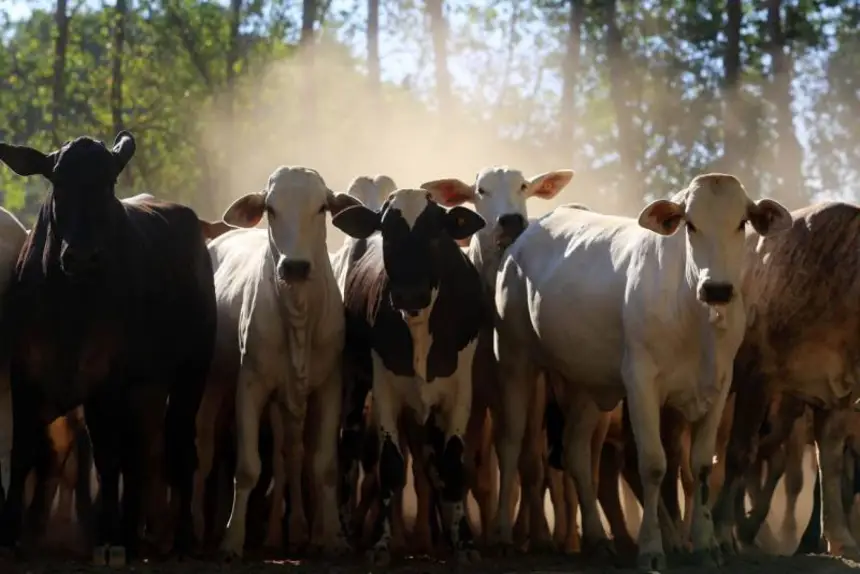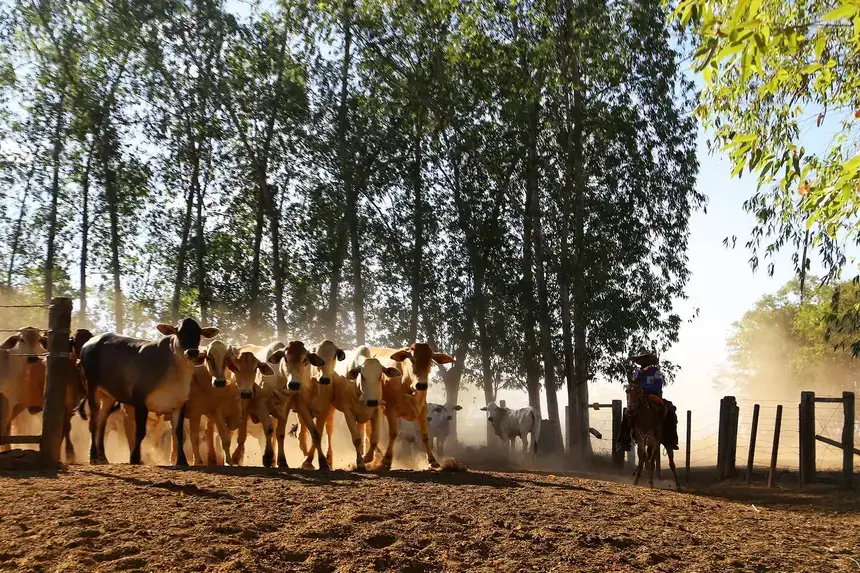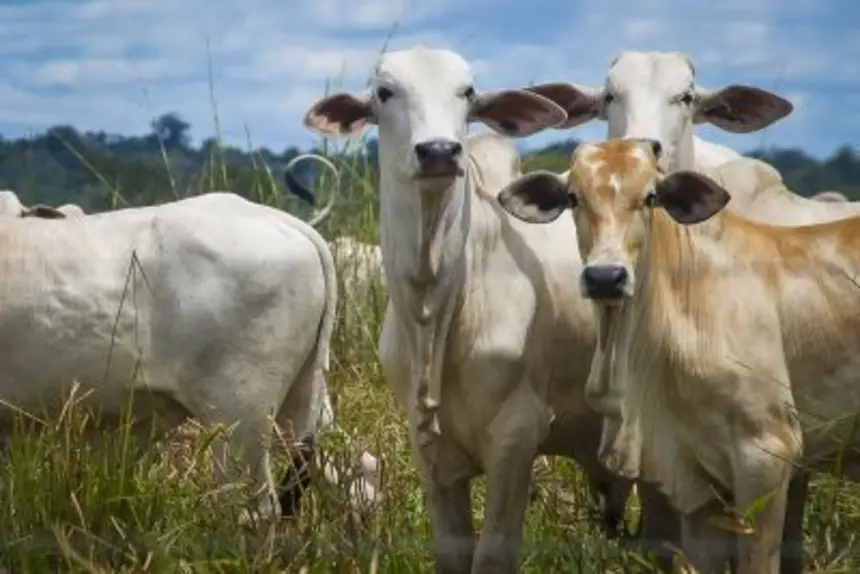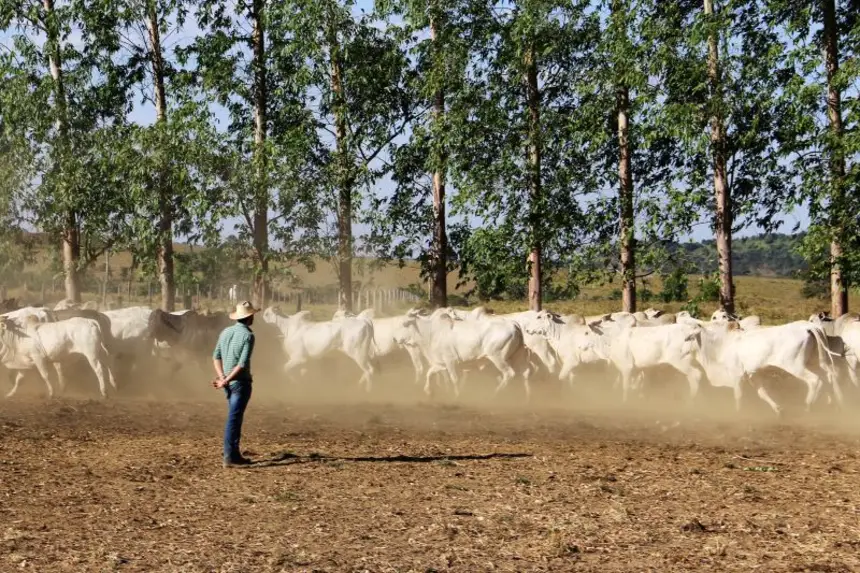Pará stands out as Brazil's largest exporter of live cattle
According to Sedap, in the first seven months of this year, the State shipped about 370 thousand head of cattle, which corresponds to 64.5% of the total sent by the Brazilian market. The main destination was Africa.

Pará is Brazil's largest exporter of live cattle, according to data collected by the Planning and Statistics Center (Nuplan) of the Secretary of Agricultural Development and Fisheries (Sedap), in conjunction with the Ministry of Agriculture and Livestock (Mapa) / Foreign Trade Statistics of the Brazilian Agribusiness (Agrostat). In the first seven months of this year, the State shipped about 370 thousand head of cattle. The main destination was Egypt (36.2%), followed by Morocco (13.4%) and Algeria (1.3%) – all located on the African continent.

This performance reaffirms Pará's leadership and highlights the growing importance of state livestock in the international trade of live animals, as emphasized by the coordinator of Nuplan at Sedap, Maria de Lourdes Minssen. Only in July, the State recorded an exported volume of 56.39 thousand head, representing a 40.6% increase compared to the same period in 2024, when 40.10 thousand head were exported.
The majority of Pará's live cattle production, as noted by the coordinator, was directed to African and Asian markets, but with increasing signs of diversification to new destinations.
"Egypt was the main buyer in terms of head count until July of this year, with 134.20 thousand animals, but it had the lowest average weight (313.68 kg), indicating a preference for lighter cattle," she detailed.
A similar situation occurred with Saudi Arabia (16.96 thousand head / 319.37 kg) and Turkey (23.68 thousand head / 364.47 kg), which also demanded smaller lots. In contrast, the markets of Morocco (49.73 thousand head / 540.12 kg) and Algeria (4.78 thousand head / 554.09 kg) stood out for importing heavier cattle, with an average weight above 540 kg, indicating a preference for animals ready for slaughter or with a shorter fattening cycle, as explained by Lourdes Minssen.
In terms of value, Pará's exports reached US$ 343.87 million, representing a growth of 69.8% compared to the same period last year.

Advancement- From January to July 2025, Pará exported the equivalent of 64.7% of the total Brazilian exports, as reported by statistician João Ulisses Silva, responsible for executing the survey released by Sedap. This volume represents a 55.4% increase compared to the same period in 2024, when 238.58 thousand head were shipped, as he explained.
Exports of live cattle during this period were heavily concentrated in the markets of Africa and Asia, with participation from South America. "This pattern confirms the international prominence of Pará's livestock and its ability to meet different demand profiles," commented the statistician.
In South America, Venezuela accounted for 0.49% (1.80 thousand head) of the exports, a still small share, but indicating opportunities for regional expansion, complementing the already consolidated flows with Africa and Asia.
"These results consolidate Pará as the absolute leader in the export of live cattle in Brazil, reinforcing its relevance in generating foreign exchange, in the movement of the livestock chain, and in consolidating the state as a strategic player in the international market," evaluated the statistician.
Main destinations (January–July/2025)
• Africa: Egypt (36.2%), Morocco (13.4%) and Algeria (1.3%).
• Asia: Iraq (20.8%), Lebanon (14.0%), Turkey (6.4%), Saudi Arabia (4.6%) and Jordan (2.9%).
• South America: Venezuela (0.5%).
Profile of exported cattle
• Overall average weight: 402.9 kg.
• Lighter: Egypt, Turkey and Saudi Arabia (<365 kg).
• Intermediate: Iraq, Jordan and Venezuela (~380–440 kg).
• Heavier: Lebanon, Morocco and Algeria (>500 kg).












